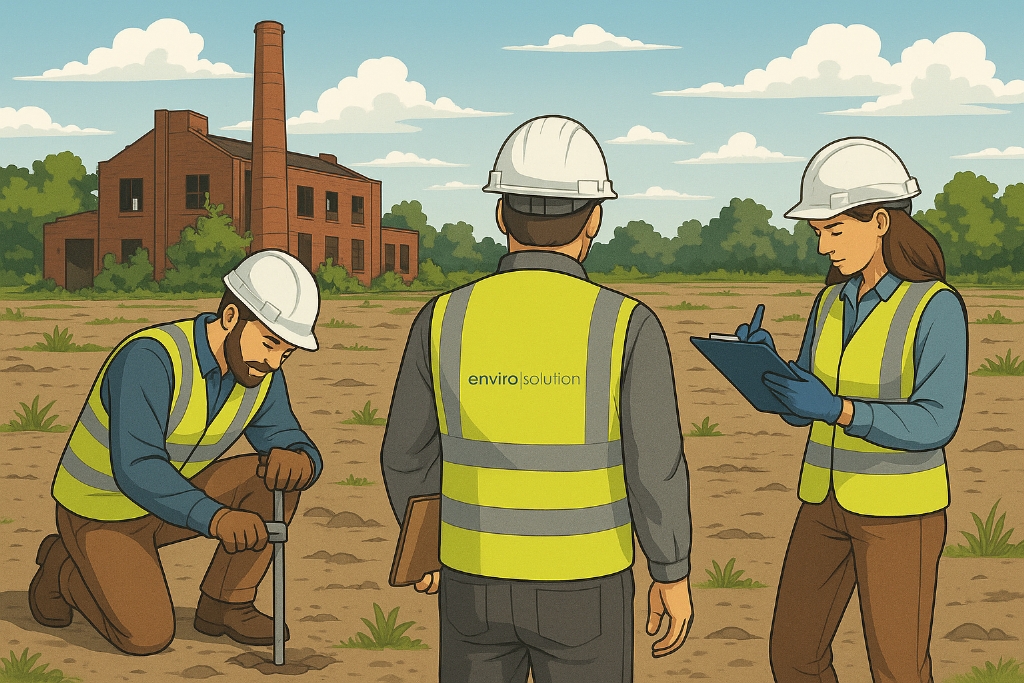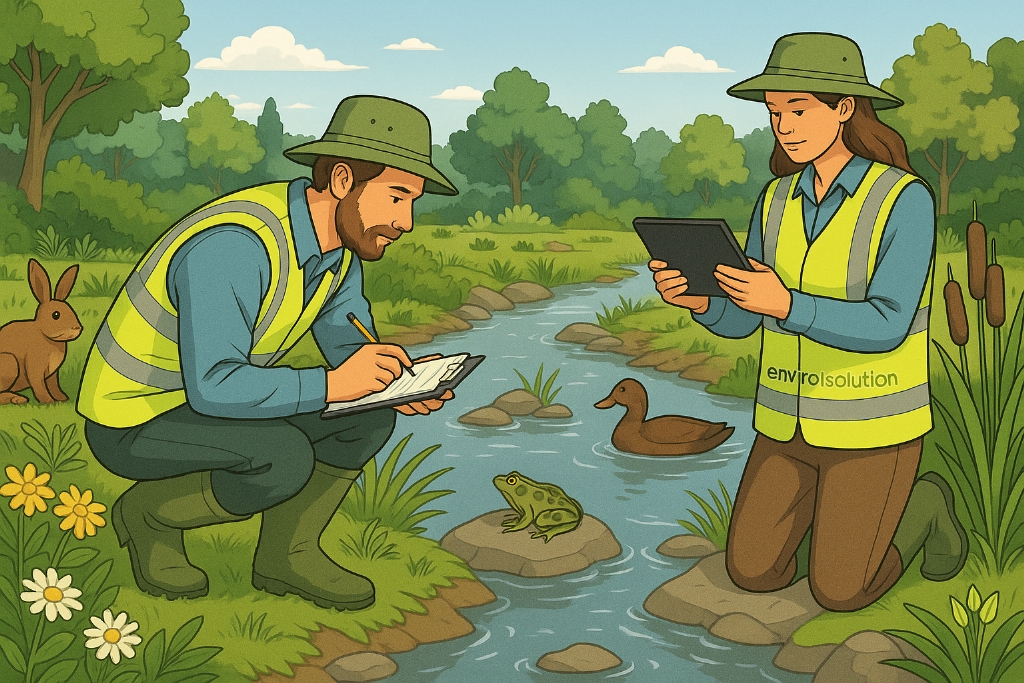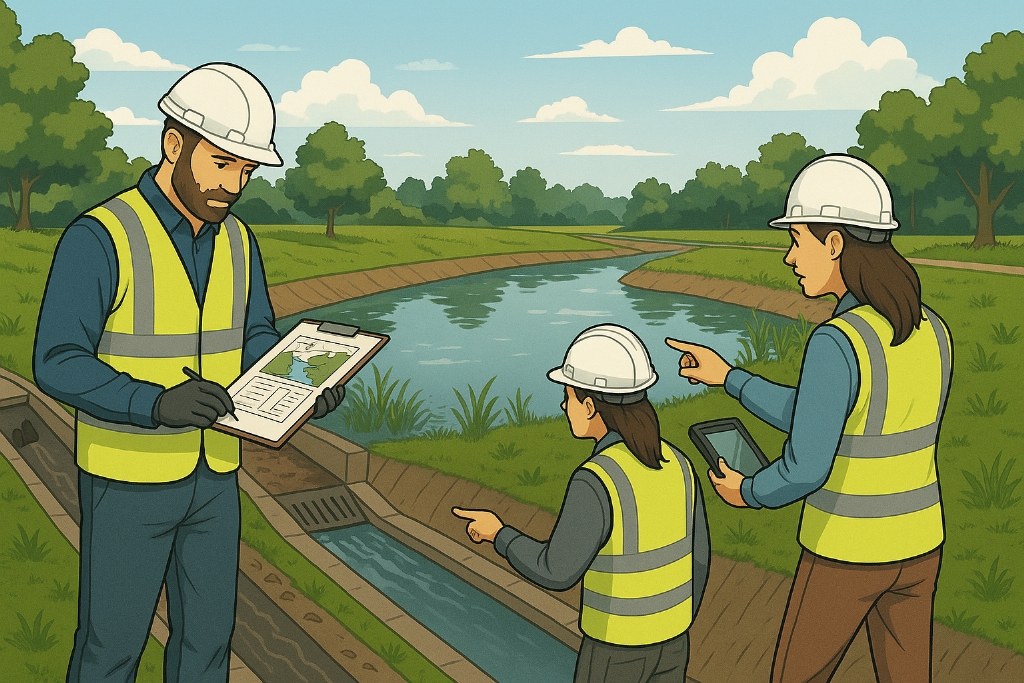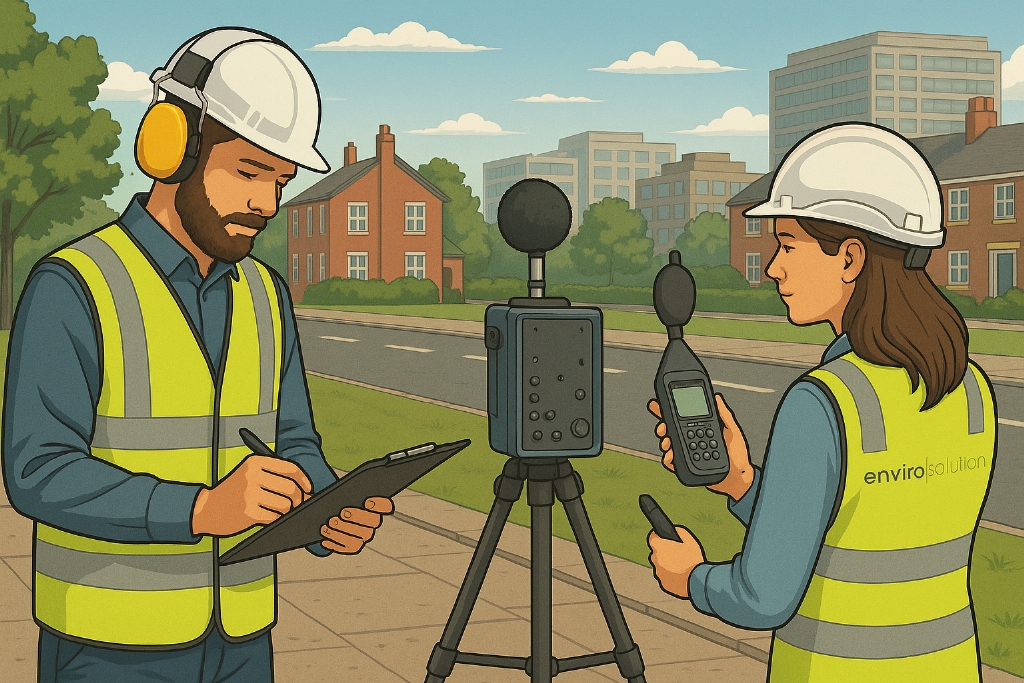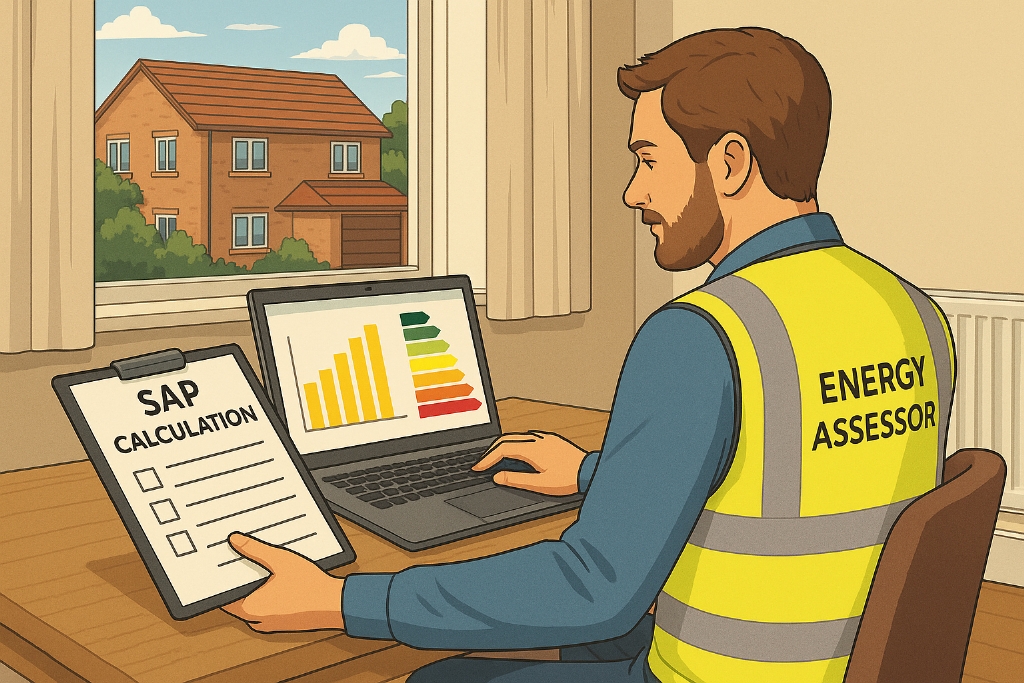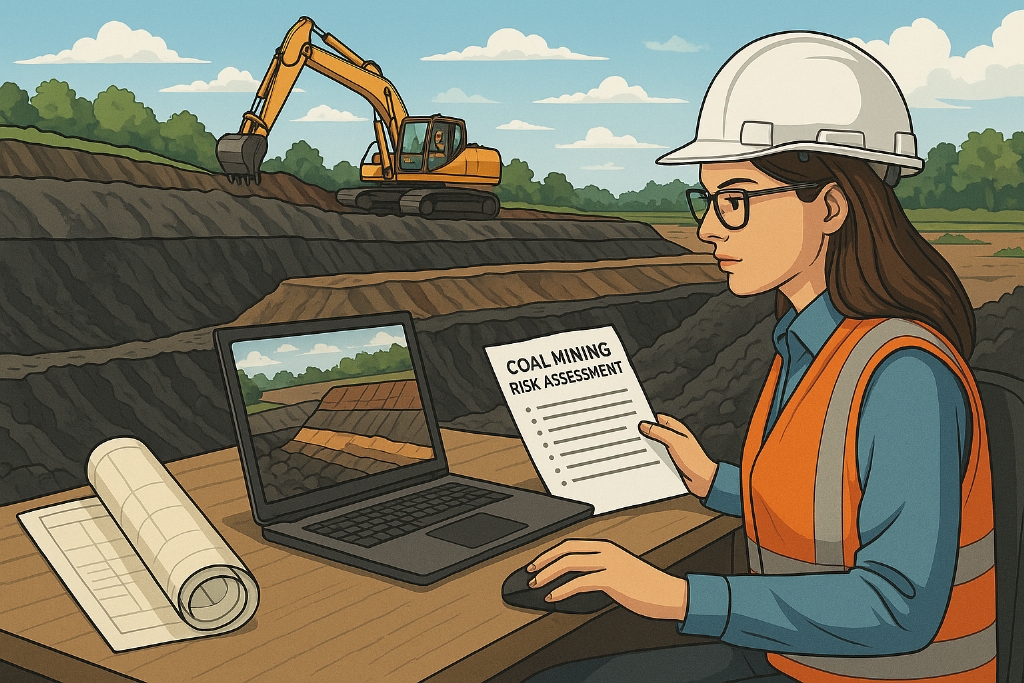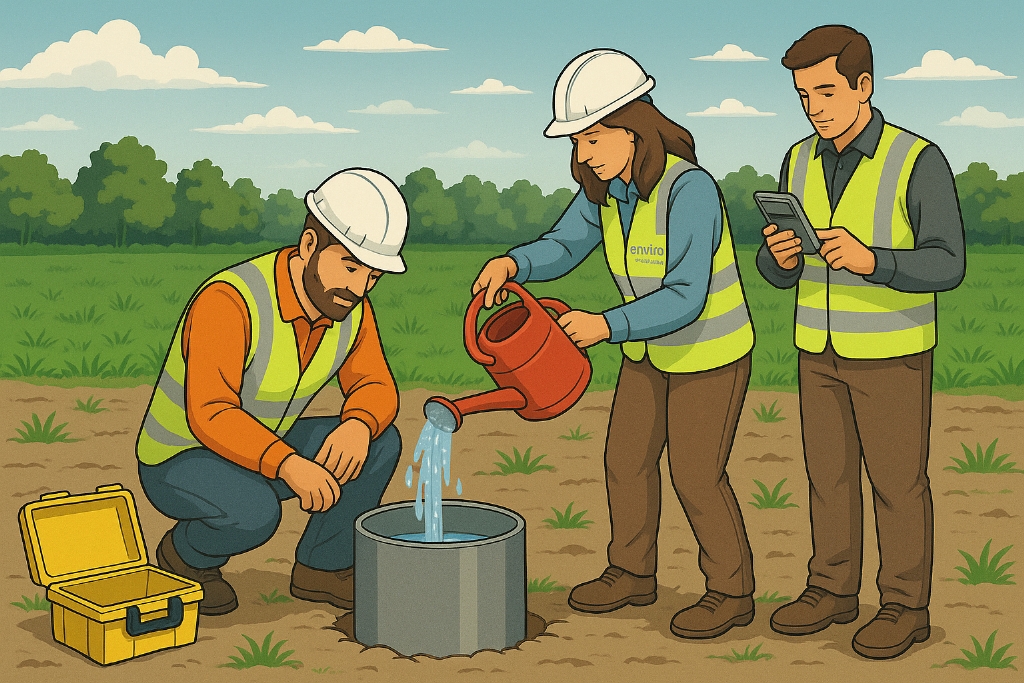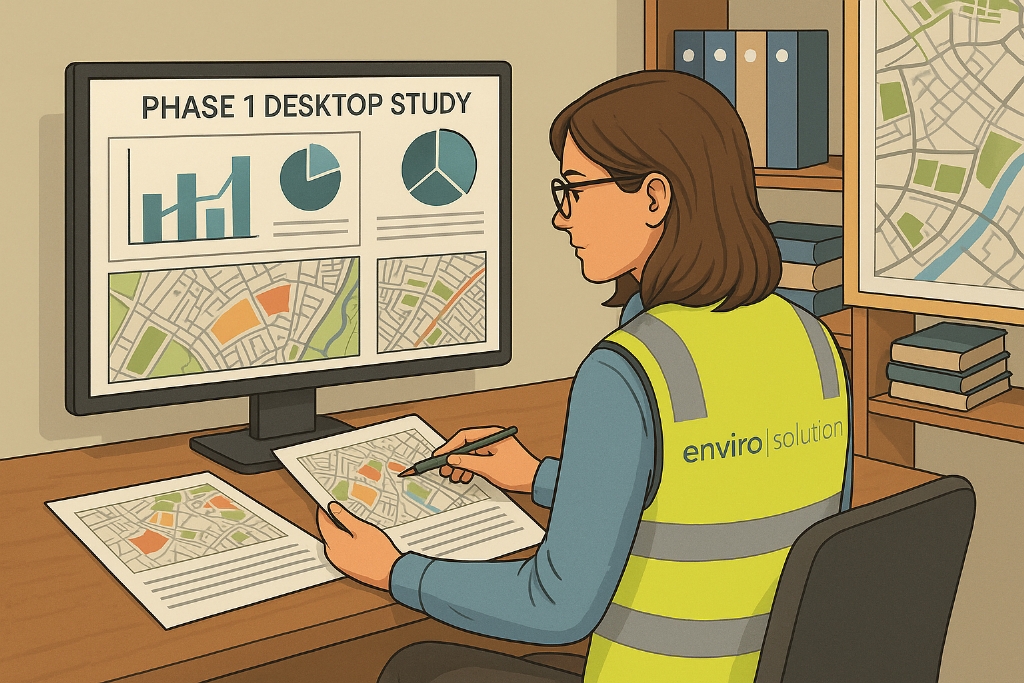Brownfield Due Diligence: Find the Problems Before They Find You
Buying or redeveloping brownfield? The fastest way to blow a budget is to inherit someone else’s contamination problem. Good due diligence is more than a tick‑box: it’s the early intelligence that lets you price risk, plan remediation and avoid surprises
Air Quality on Projects: Evidence First, Mitigation That Works
Air quality isn’t just an inner‑city issue anymore. From logistics hubs to mixed‑use redevelopments, planners and neighbours want credible numbers and sensible mitigation. The opportunity for you: bake air quality thinking into design early and avoid late‑stage redesigns, objections or
Biodiversity Net Gain Without the Drama: How to Hit Targets and Keep Your Programme Moving
Biodiversity Net Gain (BNG) has moved from “nice to have” to “must evidence”. For many UK planning authorities, you’ll now need to demonstrate measurable habitat improvements alongside your development. The challenge is balancing ecology, programme and cost without turning reports
Flood Risk & Drainage: Practical Steps UK Sites Can Take Before the Next Downpour
UK weather keeps reminding us that flood risk isn’t abstract — it’s operational. From blocked gullies to undersized attenuation tanks, drainage is often the weakest link that puts projects, stock and reputations at risk. If you manage commercial property, develop
Construction Noise & Vibration: Compliance Without the Chaos
Noise and vibration complaints can stall programmes and sour relationships with neighbours and regulators. Yet many issues are avoidable with early modelling, realistic method statements and simple on‑site controls that supervisors can actually deliver under pressure. Our Noise & Vibration service
SAP Calculations That Steer Design (Not Just Paperwork)
If you’re building or converting dwellings in England or Wales, SAP calculations are more than a checkbox — they shape fabric specs, M&E choices and, ultimately, cost and comfort. The trick is to get credible numbers early enough to inform
Coal Mining Risk Assessment: Keep Planning on Track in Coalfield Areas
In coalfield areas, a Coal Mining Risk Assessment (CMRA) can make or break your planning timeline. Old workings, shallow mine entries and ground gas are not just heritage footnotes — they’re real engineering and safety issues with direct cost implications
Infiltration Testing: The SuDS Reality Check Every Scheme Needs
Sustainable Drainage Systems (SuDS) live or die on what the ground can actually absorb. Infiltration testing is the reality check that turns drawings into workable details and helps you avoid expensive redesigns once the civils team is mobilised. EnviroSolution delivers infiltration
ESG That’s Evidence‑Led: Measurements First, Story Second
ESG has matured. Stakeholders are asking sharper questions and regulators expect claims to be traceable. The answer isn’t more pages — it’s better evidence. That starts with measurements you can defend and improvement plans you can actually deliver. EnviroSolution brings together
Get Planning Moving: Why a Strong Phase 1 Desktop Study Pays for Itself
If you’re aiming for faster, smoother planning, start with a strong Phase 1 Desktop Study. It’s the single cheapest way to uncover show‑stoppers early, align design with constraints and keep consultants, planners and lenders on the same page from day



